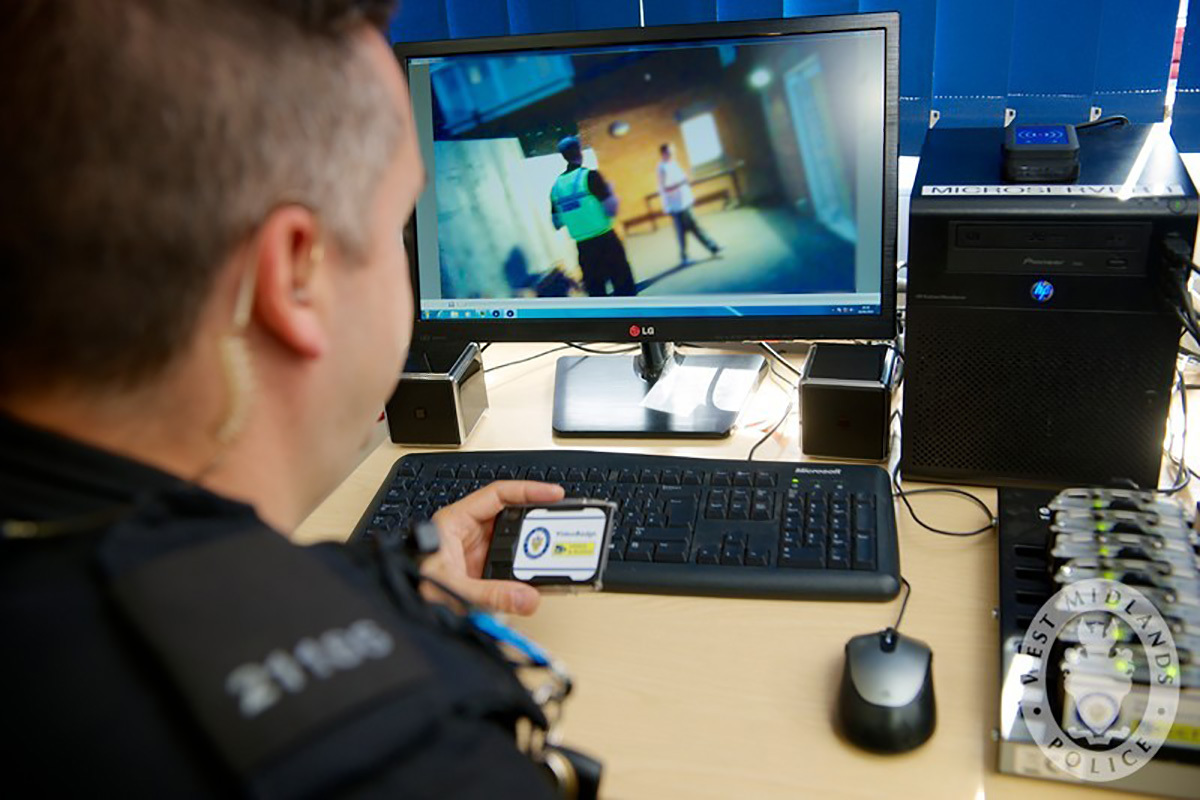
In the realm of private investigations, especially when it comes to uncovering cases of infidelity, the science of fingerprint analysis has proven to be an invaluable tool. Private investigators, equipped with advanced forensic techniques, often rely on patent plastic and latent fingerprints to gather concrete evidence that can reveal the truth behind a partner’s suspicious behavior.
Understanding Patent Plastic and Latent Fingerprints
To appreciate how private investigators utilize fingerprints in their work, it’s essential to understand the types of fingerprints they encounter:
- Patent Fingerprints: These are visible to the naked eye and are created when fingers coated with substances like ink, blood, or dirt touch a surface. Patent fingerprints are straightforward to detect and can be easily photographed or lifted with tape for further analysis.
- Plastic Fingerprints: These occur when fingers press into a soft material such as wax, soap, or putty, leaving a three-dimensional impression. These prints are often found at crime scenes and can be crucial in linking a suspect to a location or object.
- Latent Fingerprints: Unlike patent or plastic prints, latent fingerprints are not immediately visible. They are formed by the natural oils and sweat on the skin and require special techniques to be revealed. Methods such as dusting with fingerprint powder, using chemical reagents, or employing alternative light sources can bring these hidden prints to light.
The Role of Fingerprints in Infidelity Investigations
Private investigators often find themselves delving into the murky waters of relationship betrayals, where tangible proof is paramount. Here’s how patent plastic and latent fingerprints come into play:
- Surveillance and Evidence Collection: During an investigation, private detectives might gather items such as phones, letters, or personal belongings suspected of being involved in infidelity. Fingerprint analysis on these items can help determine who has handled them, providing crucial links in the chain of evidence.
- Confirming Presence: Investigators might find fingerprints in locations where a suspected affair took place. For instance, latent fingerprints on a hotel room door or personal items can confirm the presence of an individual at a specific location, strengthening the case against a cheating partner.
- Cross-Referencing with Known Prints: By comparing fingerprints found on suspicious items or at relevant locations with those of the suspected individuals, investigators can confirm identities and establish connections that would otherwise remain speculative.
Real-World Applications
Consider a case where a private investigator cheating is hired to uncover the truth about a suspected cheating spouse. The investigator might start by trailing the suspect and collecting items such as a discarded coffee cup or a love letter. Patent plastic and latent fingerprint analysis can reveal whose prints are on these objects, potentially exposing the secret lover’s identity.
In another scenario, an investigator might use latent fingerprint techniques to examine a spouse’s car or personal belongings, uncovering evidence that indicates secret meetings or hidden communications. The discovery of another person’s fingerprints on these items can serve as compelling evidence in divorce proceedings or confrontations.
The Impact of Technology
Advancements in fingerprint analysis technology have significantly boosted the effectiveness of private investigators. Modern tools such as portable fingerprint scanners and advanced chemical detection kits allow for on-the-spot analysis, making it easier and faster to gather critical evidence.
Moreover, the integration of fingerprint databases enables investigators to cross-check prints against a wide array of records, improving the chances of identifying unknown individuals involved in the case.
Conclusion
In the intricate dance of uncovering infidelity, the role of patent plastic and latent fingerprints cannot be overstated. For private investigators, these fingerprints are more than just marks left behind; they are the silent witnesses to the truth, capable of unraveling the deepest secrets and bringing hidden actions to light. By leveraging these forensic tools, investigators can provide their clients with the definitive evidence needed to confront and resolve the painful realities of cheating.







